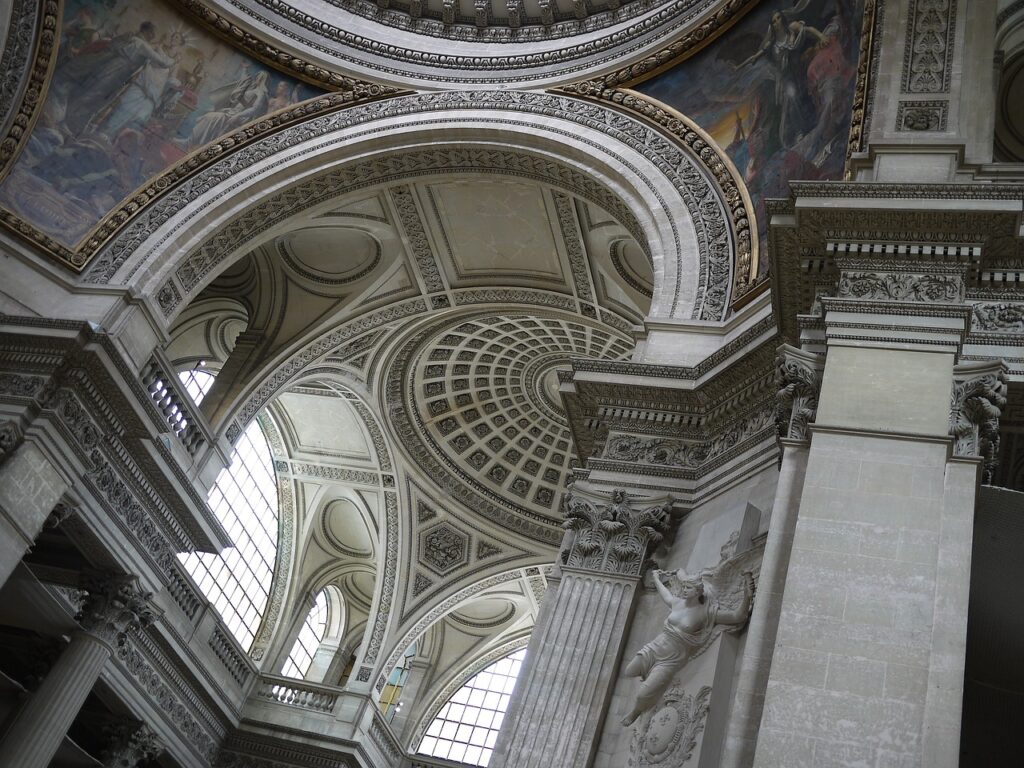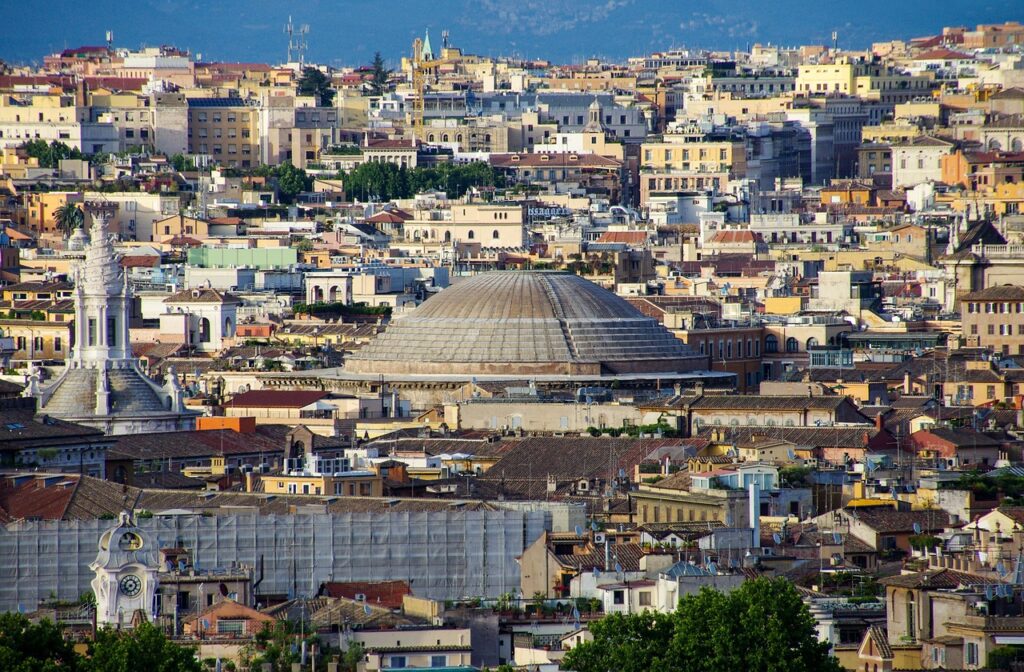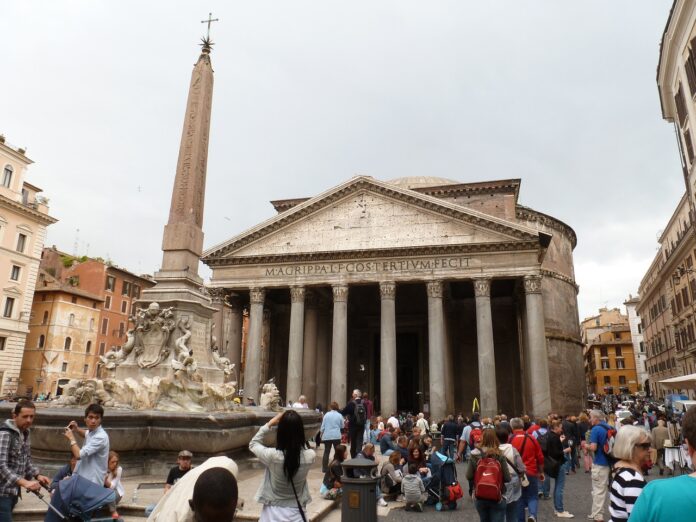Italy is home to some of the world’s most iconic cultural treasures, and none shine brighter than the Pantheon in Rome. Standing tall for over two millennia, this architectural marvel continues to captivate visitors from around the globe, drawing in a staggering six million people each year.
Often hailed as the epitome of Rome’s grandeur and endurance, the Pantheon’s enduring allure raises the question: what is the story behind Italy’s most visited cultural site?
The Pantheon’s Prime Location
Nestled in the heart of the Eternal City, Rome, the Pantheon stands as a testament to the ingenuity and craftsmanship of ancient Roman architects. Built by Emperor Hadrian around 126 AD, the Pantheon was initially intended as a temple to honor all the gods of ancient Rome. Its name, which means “temple of all gods” in Greek, reflects this dedication.
What sets the Pantheon apart from other ancient structures is its remarkable dome. Composed of concrete and featuring a central oculus, or opening, the dome is a stunning architectural achievement even by modern standards. In fact, it held the record as the world’s largest dome for centuries, an evidence to the engineering prowess of the Roman Empire.
From Pagan Temple to Christian Church

Throughout its long history, the Pantheon has undergone several transformations. After the fall of the Roman Empire, it was converted into a Christian church dedicated to St. Mary and the Martyrs, ensuring its preservation through the turbulent Middle Ages. This transition not only saved the building from destruction but also imbued it with new spiritual significance.
Despite the passage of time and the many upheavals Rome has witnessed, the Pantheon remains remarkably intact. Its enduring presence is a proof to the skill of its builders and the durability of Roman concrete, which has withstood the test of time far better than many modern building materials.
Today, the Pantheon continues to serve as a place of worship, attracting visitors of all backgrounds who come to marvel at its grandeur and historical significance.
Whether you’re drawn to its architectural beauty, its rich history, or its spiritual resonance, a visit to the Pantheon is an essential part of any trip to Rome.
The Pantheon’s Role in Civilization

As we reflect on the story behind Italy’s most visited cultural site, we’re reminded of the enduring legacy of the ancient Romans and their contributions to world civilization. The Pantheon stands as a living proof to their ingenuity, creativity, and lasting impact, inviting us to connect with the past and contemplate the passage of time.
The Pantheon stands as a timeless symbol of human achievement and aspiration, reminding us that some things truly are eternal.


